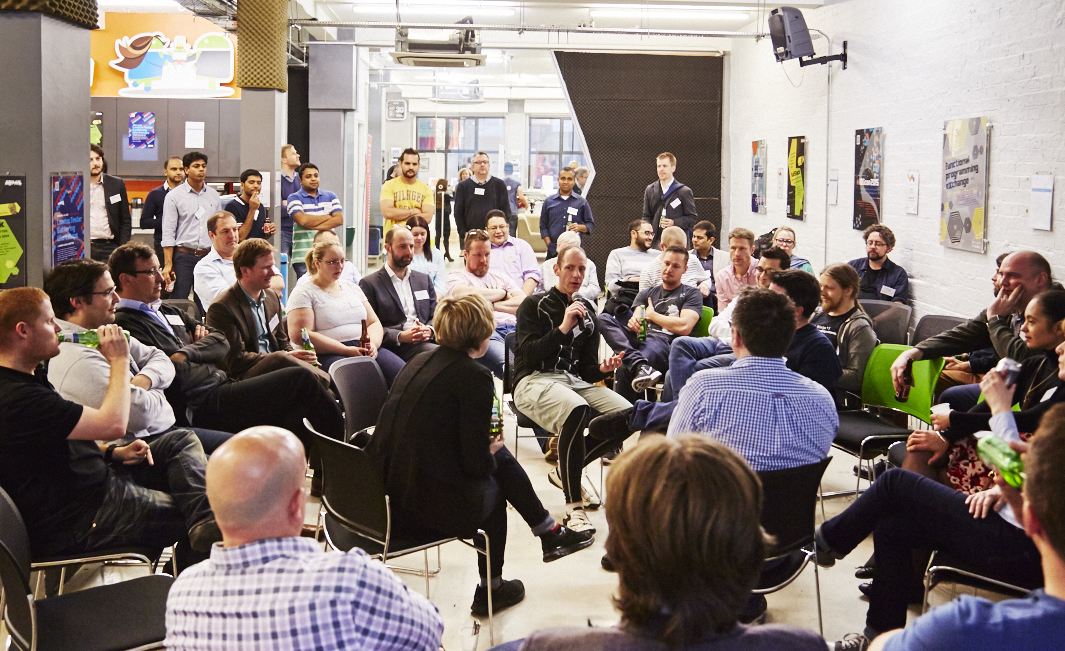Equal Experts held its 3rd conference on Thursday 30th April.
This annual event gives all our UK-based consultants a chance to come together, share experiences and learn from each other. This year we staged two talks and two open fishbowl discussions. The first fishbowl session asked “Do we need roles in a cross functional team?”. The answer was, no, but yes, but… Obviously it’s not as simple as that!
It’s safe to say that everyone who spoke found the notion of a role that people conform to and use as the boundaries of their responsibilities restrictive and unhelpful. The biggest concern with defining roles was that it tends to create silos of responsibility within a team or an organisation. Gaps in well-defined role responsibilities can lead to tasks or work being dropped.
In an Equal Experts team, we expect people to have areas of specialism: we aren’t expecting product owners to write production code for example. We also expect people to cover or support different areas of specialism thereby allowing the team to fill the blanks on an ad-hoc basis. The caveat here though is that overreliance on switching between specialisms leads to a lack of focus from too much context switching.
Another benefit we see from allowing people to cross functional boundaries is the creation of a shared context of the problem we are trying to solve or opportunity we are attempting to exploit. This leads to more effective solutions as people are able to make decisions using this context without constantly pulling on other people to make decisions for them.
So instead of fixed roles and responsibilities, we prefer to operate a model of area champions. For example, you might have someone that has UX specialisms to be the user champion on the team and maybe they can do that role for a number of teams? You might also see someone being the quality champion without actually doing all of the testing. We’ve also used this ‘champion’ concept to assign someone to an epic in a team to make sure it gets delivered into production.
This doesn’t mean we re-badge everyone to be champions instead of their current role, but it does provide a useful framework for thinking about shared responsibility in a cross functional team. Role labels remain useful as signposts to others that need to communicate with the team by giving them a go to point of contact.
We work with lots of different organisations and each one has a particular take on roles and responsibilities. One thing to be aware of when operating this way is that a lot of organisations take comfort from their roles and responsibilities. Roles and responsibilities are often used for appraisal purposes. When people see others performing work that aligns to their responsibilities this can cause friction and lead to defensive behaviour.
While multi-functional people aren’t seeking to take anyone’s job this behaviour can feel threatening to some. Hopefully by being open with people and talking about specialisms and championing as a way of working in a collaborative environment we can minimise the fear of overlapping boundaries and focus on doing the best work possible.
As one of our participants said,
“We’ll all get better if we push ourselves outside of our comfort zones more often.”

